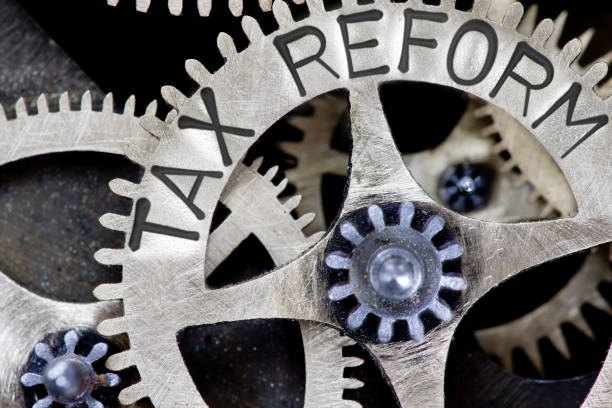Balancing the equity-efficiency trade-off in personal income taxation: an evolutionary approach
Pellegrino S., Perboli G., Squillero G., 2019 – Economia Politica
The core of the ongoing debate in Italy, the tax reform. The proposals alternate between the supporters of a radical fiscal and tax reform and those who instead argue that we should only proceed with the revision of some key taxes, among others personal income taxes. There is also an open discussion on the progressiveness of the Italian tax system.
Any proposed reform, whether partial or radical, leaves open a crucial point in this debate that seems difficult to be solved: regardless of the theoretical underpinnings, in real-world situations it is difficult to decide on which tools to act and how to implement these changes, especially with the aim of anticipating and predicting the effects of any type of reform to balance the trade-off between efficiency and equity of a new fiscal structure.
In a recent article, “Balancing the Equity-Efficiency Trade-off in Personal Income Taxation: an Evolutionary Approach”, published in Economia politica, Simone Pellegrino, Guido Perboli, and Giovanni Squillero intervene in this discussion by proposing a tool to evaluate the effects in terms of equity and efficiency of any reform by studying, in particular, the Italian personal income tax (IRPEF).
The authors develop an algorithm that allows to identify all the parameters of a tax in order to maximize equity, minimize inefficiency, while still dealing with further specific constraints. Indeed, being a multi-objective optimizer, this model is able to choose a desired balance of the trade-off between these two goals and allows minimizing the possible deviations from the targeted total tax revenue and the possible loss of taxpayers resulting from the reform itself.
More specifically, various reform hypotheses are investigated that maximize two key indicators: on the one hand, the Reynolds-Smolensky index which measures the redistributive effect of the tax, and on the other the value of the effective marginal rates of the tax, considered an efficiency indicator.
The analysis primarily focuses of a specific case of IRPEF reform implemented in Italy in 2014: in particular, the government decided to modify a parameter of this tax to reduce the tax wedge only for a specific group of taxpayers, i.e. those who belonged to the income bracket from 8 to 26 thousand euros. This change was not implemented through a tax allowance, but through a monthly monetary transfer, the so-called “80 euro bonus”.
The micro-simulation model is based on a Bank of Italy database (2015) derived from the Survey on Household Income and Wealth (BISHIW), published in 2016 on fiscal year 2014. The BI-SHIW survey contains information on the family income and the wealth of 8,156 families and 19,366 individuals. The sample is representative of the Italian population and is composed of approximately 24.7 million families and 60.8 million individuals.
According to this study, the result of the 2014 reform is a decrease in tax revenue of about 9 billion euros, an increase in the redistributive power of the tax at the expenses of both the average level of marginal taxpayers’ marginal tax rates and the re-ranking effect exerted by the tax.
Starting from this finding, the authors then further exploit this algorithm to identify a series of alternative revisions that can maximize their redistributive effect while minimizing inefficiencies. By acting on 33 IRPEF parameters, they obtain 187 equally optimal tax structures, able to maintain the same level of equity without affecting the efficiency of the system and, at the same time, controlling the re-ranking effect. The identified solutions range from scenarios that foresee weaker redistributive effects but lower marginal rates to scenarios characterized by higher values for both these indicators coupled with different combinations in terms of taxpayers’ loss and deviations from desired total tax revenue levels.
In conclusion, this new algorithm promises to be a valid tool for policy-makers and governments who want to examine different alternative tax reform proposals and then to choose the preferred solution on the basis of specific objectives to be pursued.
For a further debate on this topic:

